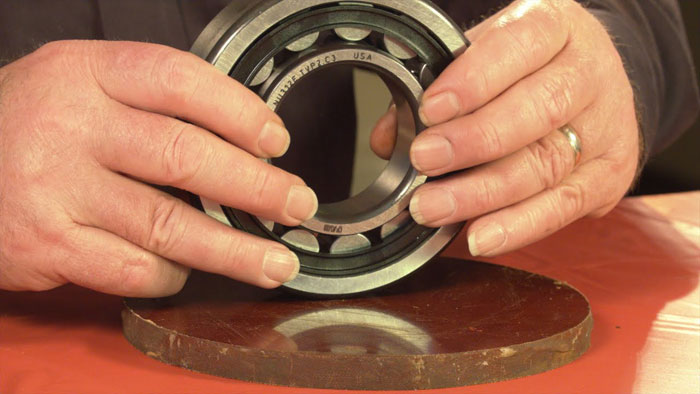Home / News / Factors to Consider When Selecting a Cylindrical Crossed Roller Bearing
Factors to Consider When Selecting a Cylindrical Crossed Roller Bearing
There are some key factors to consider when selecting a cylindrical crossed roller bearing for a particular application. These factors include cost-effectiveness, load-bearing capacity, mounting options, and reliability. Considering these factors, you can make an informed decision when selecting the right bearing for your needs. You will be able to find a bearing that best meets your specific needs at a competitive price.

Cost-effectiveness
Cylindrical crossed roller bearings are popular in many applications because of their low cost and high performance. However, they do have a relatively short lifespan. The effective life of a bearing may be shortened by the spalling of its surface, which results in bearing noise, slackness, and eventual failure.
The cages in cylindrical crossed roller bearings are either made of metal or plastic and fit into slots in the bearing rails. This design makes the rollers more closely spaced and increases the load capacity. However, this method also has a potential disadvantage - they can develop cage creep, where the roller cages drift away from the longitudinal center over time.
Load-bearing capacity
The load-bearing capacity of a cylindrical crossed roller bearing is defined as the equivalent radial load times the stroke length of the bearing. Most manufacturers recommend incorporating factors for moderate impact loads and high temperatures when determining the load-bearing capacity of this type of bearing. Cylindrical crossed roller bearings are used in a wide range of applications.
Industrial machinery accounted for the largest share of the market in 2018. This sector includes machines used in construction and expansion of existing manufacturing facilities. In the U.S., manufacturers are increasingly focusing on the defense and medical sectors. This is increasing the demand for cross roller bearings in these sectors. In addition, the growth in the textile industry and the growing number of people is spurring the demand for cross roller bearings.
Mounting
If you want to mount a cylindrical crossed roller bearing in a cylindrical machine, there are many options available to you. In the PXB series, the outer ring is screwed into a housing while the PXU series has mounting holes. Both of these series are suitable for applications requiring high running accuracy and rigidity.
Crossed roller bearings have an increased contact area between the rollers and the rail. Because of this, these bearings are able to support greater load capacities. Some can handle up to 20,000 N. Because they are more rigid, the mounting surface needs to be very accurate. Luckily, a cross roller bearing mounting table can be honed to exacting specifications.
Reliability
There are several factors that affect the reliability of cylindrical crossed roller bearings. One of the most important factors is the cage that separates the rollers. These cages help prevent roller-to-roller contact, which can lead to excessive wear and friction. The cage can be made of metal, plastic, or a combination of materials. The cage's material, size, and shape will affect the bearing's load capacity.
A cross-roller bearing can sustain higher loads than a ball bearing. Its larger contact surface allows it to support heavier loads. Additionally, its increased rigidity reduces deformation and increases accuracy. Crossed rollers are also less likely to suffer erosion.











